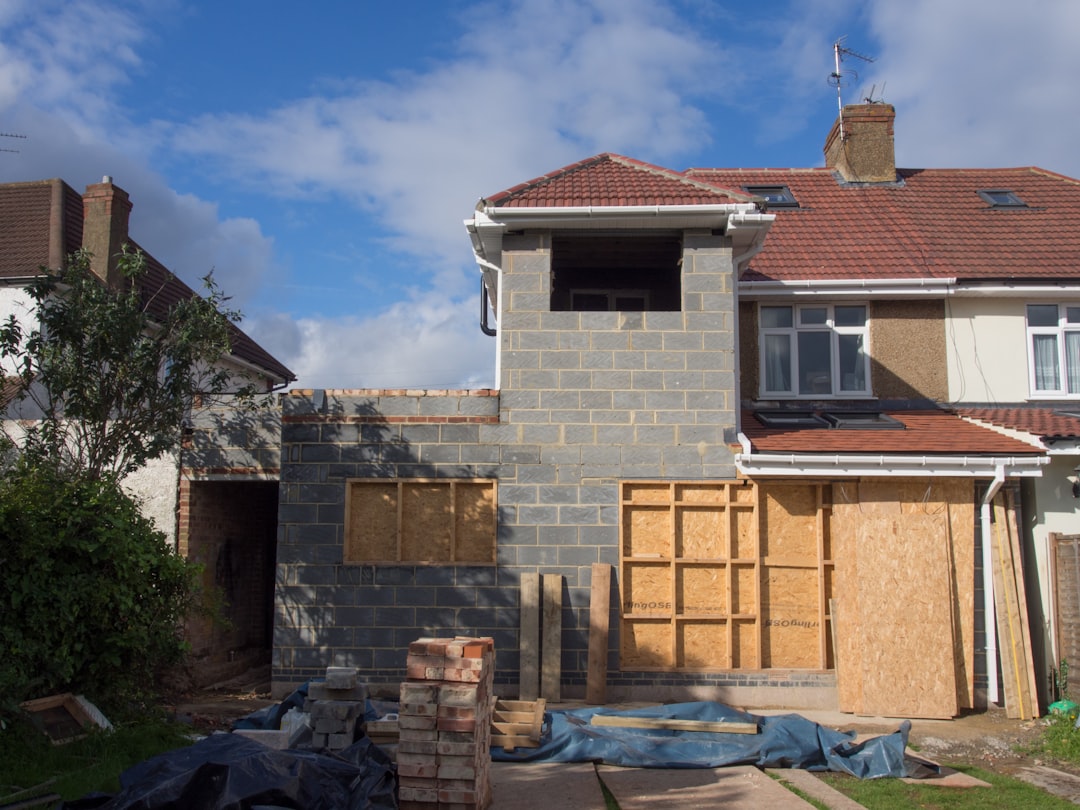
For construction professionals, understanding the average cost to wire a new house is crucial. In most U.S. metro areas, the cost ranges from $6 to $10 per square foot, translating to approximately $9,000-$15,000 for a 2,000-square-foot residence. However, factors such as local labor rates, code requirements, and material fluctuations can adjust your final figure by 15-20%.
Licensed electricians account for roughly 55-65% of the total cost. Complex layouts, multiple stories, or retrofits in partially finished shells can increase hourly bills.
Copper wire, breaker panels, receptacles, smart-home modules, and rough-in boxes add another 30-35%. CountBricks pulls live vendor pricing to ensure your estimate reflects current commodity rates.
Most jurisdictions require plan-review fees and two inspections—rough-in and final. Expect 3-5% of the budget here. CountBricks AI automatically includes regional permitting allowances in your estimate.
• Labor: 60%
• Materials: 32%
• Permits & Misc: 8%
• Square footage: More circuits, longer runs, and bigger service panels scale costs linearly.
• Ceiling height: Anything above 10 ft requires lifts or scaffolding and elongated wire drops.
• Smart tech: Whole-home automation, EV chargers, and solar interconnection each add dedicated breakers and labor hours.
• Service upgrade: Jumping from 150 amp to 200 amp panels may add $1,500-$3,000.
• Regional labor markets: Coastal cities often run 20% higher than mid-continent towns.
Traditional spreadsheets struggle to track the moving target of electrical costs. CountBricks uses voice-driven inputs and AI to calculate the average cost to wire a new house in seconds.
1. Speak your specs: “2,400 sq ft colonial, 2 EV chargers, 40 smart switches.”
2. CountBricks auto-maps code-compliant circuits and breaker capacity.
3. Real-time supplier APIs pull copper and component pricing.
4. The platform outputs a line-item estimate and a polished client-ready quote at CountBricks.com.
• Group loads logically to avoid oversized panels.
• Pre-run conduit for future solar or battery installations—cheaper now than later.
• Opt for combo AFCI/GFCI breakers in kitchens and baths to reduce device count.
• Schedule rough-in immediately after framing inspection to minimize trade overlap.
• Use CountBricks blueprint takeoffs to catch missed outlets before drywall.
CountBricks recently wired a 3,000 sq ft craftsman in Maple Grove. Initial client guess: $35,000. AI analysis pegged it at $26,800 by optimizing circuit layouts and bulk-ordering wire two weeks in advance. The homeowner received a detailed quote, visual circuit map, and inspection checklist—delivered automatically through CountBricks.com.
Because CountBricks ties its estimating engine to invoicing, every approved quote turns into a progress-billing schedule without re-keying numbers. Field teams update completed tasks via voice, and the system adjusts material quantities in real time.
Whether you're a GC juggling multiple subs or a contractor managing a project, understanding the average cost to wire a new house is crucial. Tap the microphone inside CountBricks, describe your project, and receive a sharable, code-compliant electrical estimate. Visit CountBricks.com to learn more.

Most builders start with square-foot multipliers, but the fastest way to overspend is to treat every house the same. CountBricks lets you dial in the nuances that turn a ballpark number into a bankable budget.
• Kitchens often require seven or more dedicated circuits for code compliance and appliance loads.
• Home offices now demand isolated circuits to protect sensitive electronics.
• Bonus rooms over garages need additional HVAC and lighting runs that standard calculators ignore.
CountBricks’ AI engine references current NEC requirements and automatically assigns the correct amperage, avoiding costly redesigns at inspection.
When copper spiked 12% last spring, CountBricks users toggled to aluminum feeder options with a single voice command and saved an average of $1,100 per project. Because supplier APIs update hourly, you always quote today’s reality, not last month’s flyer.
After generating an estimate, launch the CountBricks virtual walk-through. The system overlays outlet counts, switch heights, and panel locations directly on the digital blueprint. Clients visualize the end product, and electricians flag conflicts before stepping on-site.
Competitive bids often hinge on electrical numbers. CountBricks users attach branded, client-ready proposals that highlight transparent cost breakdowns and inspection milestones. The result: higher acceptance rates and fewer price-shopping delays.
If you're tired of generic square-foot allowances, let CountBricks fine-tune every breaker, box, and cable in your next home. Start a free trial or book a personal walkthrough at CountBricks.com.